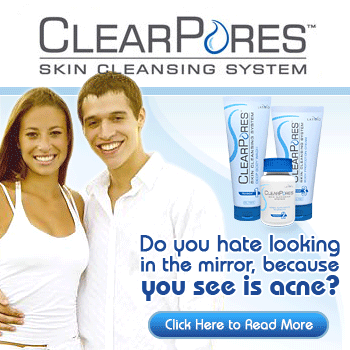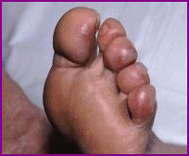Malignant melanoma skin cancer Stages and prognosis
Malignant melanoma is the most serious form of skin cancer as metastasis can occur early and it causes a number of deaths even in young people. As with other types of skin cancer the incidence is continuing to increase, probably because of excessive exposure to sunlight. The history of childhood sun exposure and intermittent sun exposure appears to be particularly important in the development of malignant melanoma.
Other risk factors include atypical mole syndrome, giant congenital melanocytic naevi, lentigo maligna and a positive family history of malignant melanoma. Malignant melanoma is commoner in later life but many young adults are also affected.
Diagnosis of melanoma is not always easy but the clinical signs help distinguish malignant from benign moles. Examination with epiluminescence microscopy can further help in detecting malignant lesions.
Four clinical types of Malignant melanoma exist:
Lentigo maligna melanoma is where a patch of lentigo maligna develops a papule or nodule signalling invasive tumour.
Superficial spreading malignant melanoma is a large flat irregularly pigmented lesion which grows laterally before vertical invasion develops.
Nodular malignant melanoma ( Fig. 22.33 ) is the most aggressive type. It presents as a rapidly growing pigmented nodule which bleeds or ulcerates. Rarely they are amelanotic (non-pigmented) and can mimic pyogenic granuloma.
Acral lentiginous malignant melanoma arises as pigmented lesions on the palm, sole or under the nail and it usually presents late.
Treatment of Malignant melanoma
This consists of urgent wide excision of the lesion. Histological analysis will determine the depth of invasion ('Clark's level') and the thickness of the tumour ('Breslow thickness'). These two factors help to predict prognosis and 5-year survival rates. Excision and histology interpretation should only be done by experts to ensure optimum treatment and assessment of prognosis. Metastatic disease is best managed by an oncologist and can involve surgery to lymph nodes, radiotherapy, immunotherapy and chemotherapy.
The role of governments and medical personnel in public health education to discourage sunbathing and encourage the use of sunscreens is of the utmost importance in skin cancer prevention.



